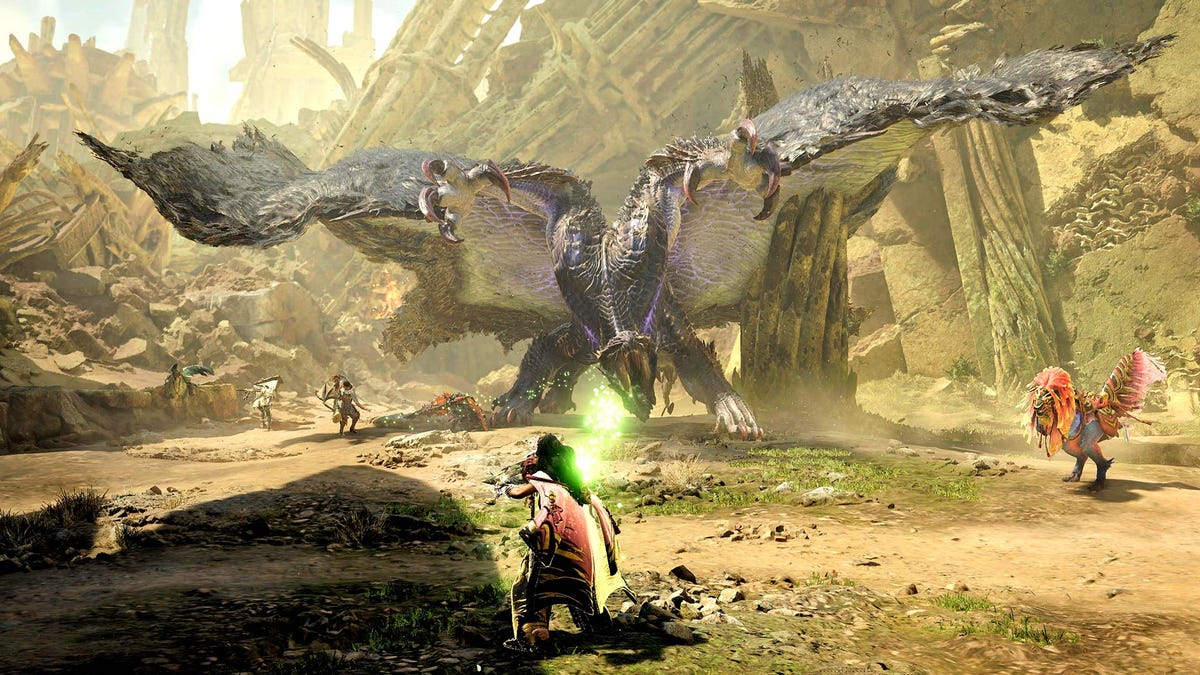How to Onboard an Artificial Intelligence Developer?
The developer of AI needs timely access to good-quality data, which typically ends up being the biggest hindrance to AI projects. Smart companies begin planning data access, cleaning, and documentation well before the reporting date of the new employee. This includes the discovery of suitable datasets, outlining data governance procedures, and having set, actionable privacy and security requirements. Computation resources are another important aspect of preparation. The AI builder requires more sophisticated equipment than a typical software engineer, like GPUs to operate models and sufficient storage to manage big data sets. Computation resources in the cloud must be provisioned and configured with adequate permissions and development environments validated to see if they are able to support the computational demands of machine learning workflows. Access to specialized software and platforms must be prearranged. The artificial intelligence developer will likely need licenses for data science platforms, machine learning environments, and visualization tools that do not necessarily fit typical software development toolkits. These tools have special configurations and integrations that take time to set up correctly.
Hiring an artificial intelligence developer is a significant milestone, but its success highly depends on the onboard process. Unlike vanilla software developers who can most often get into codebases and frameworks already established, artificial intelligence developers require access to distinctive resources, advanced tools, and broad context about business objectives in order to become effective contributors.
Preparing the Technical Foundation
The developer of AI needs timely access to good-quality data, which typically ends up being the biggest hindrance to AI projects. Smart companies begin planning data access, cleaning, and documentation well before the reporting date of the new employee. This includes the discovery of suitable datasets, outlining data governance procedures, and having set, actionable privacy and security requirements.
Computation resources are another important aspect of preparation. The AI builder requires more sophisticated equipment than a typical software engineer, like GPUs to operate models and sufficient storage to manage big data sets. Computation resources in the cloud must be provisioned and configured with adequate permissions and development environments validated to see if they are able to support the computational demands of machine learning workflows.
Access to specialized software and platforms must be prearranged. The artificial intelligence developer will likely need licenses for data science platforms, machine learning environments, and visualization tools that do not necessarily fit typical software development toolkits. These tools have special configurations and integrations that take time to set up correctly.
Setting Up Clear Project Context
The AI creator benefits enormously from understanding the broader business context in which they are operating., This goes beyond typical job descriptions to include explicit descriptions of how AI work fits into company strategy, what the most critical success measures are, and how their work will impact different groups throughout the firm.
Successful onboarding also includes extensive briefings about existing systems, data sources, and previous attempts at AI in the company. The AI developer needs to understand what was tried before, what worked, what failed, and why. Knowing what went on beforehand prevents duplicating efforts and enables them to learn from the past rather than needing to start anew.
Stakeholder mapping then becomes central to the success of the artificial intelligence developer. They need to understand who makes decisions on AI projects, who provides domain expertise, who controls data access, and who will eventually deploy their solutions. Introductions to most critical stakeholders as early as possible help form relationships that become invaluable as projects progress.
Establishing Collaborative Learning Opportunities
The tech developer, in most cases, has technical skills none of the current team possesses but needs to learn the domain-specific skills that only the internal stakeholders possess. Structured knowledge transfer sessions make these gaps easy to close, allowing the new entrant to share AI acumen while learning business process aspects, customer specifications, and the limitations of operation.
Pairing programs are ideal for artificial intelligence developers, but not always the pairing partner is another developer. Domain specialists, data analysts, or business stakeholders can be learning partners who help the AI developer understand context as they learn about AI capabilities themselves. Such relationships mostly evolve into long-term collaborations that boost project success.
Cross-functional project assignments during onboarding introduce the artificial intelligence developer to how the different departments of the organization operate and what kind of problems they face. Introduction to this environment sparks ideas about AI solutions and educates the developer on prioritizing tasks based on organizational applicability rather than technical interest alone.
Setting Realistic Expectations and Timelines
The AI creator faces unusual challenges not known by developers of conventional software. Machine learning projects are uncertain, experimental, and may fail even with the best attempt. Good onboarding is truthful discussion of these realities and establishes expectations that consider the iterative nature of AI development.
Timeline expectations should be properly calibrated onboarding. The AI developer should remember that initial projects may end up taking longer than intended due to quality issues with the data, unexpected technical issues, or the need for multiple experimental cycles. Setting realistic milestones avoids frustration and maintains the confidence of stakeholders.
Success metrics for the artificial intelligence developer must be established upfront and clearly communicated. They must balance technical achievement and business value, keeping in mind that significant AI work will not always generate quantifiable business outcomes immediately. Early success must be established and tackled to establish momentum and visibility.
Building Long-term Growth Architectures
The induction process by the developer should include discussions on career development and the opportunities to skill up. AI technology keeps evolving, and one must keep updating continuously through conferences, courses, and trying out new techniques and tools. Organizations that promote this continuous learning retain employees and remain at par technically.
Mentorship programs can be of immense value to developers of artificial intelligence, though one where mentors have to be drawn from outside of the immediate organization if not available within. Connecting new joiners with external AI communities, professional networks, and industry experts allows them to continue connected to broader developments in the field.
The AI professional must understand how their own job might evolve as the firm's AI capabilities come of age. This may involve potential to lead teams, influence strategy, or niche in a particular area. Having visible roads to progress retains talent and beckons long-term commitment to organizational objectives.
Measuring Onboarding Success
Effective onboarding of an artificial intelligence engineer should result in effective contribution within the first few months, but it is distinct from productivity in a traditional role. Early indications are effective exploratory data analysis, perhaps critical use cases revealed, and working relationships with key stakeholders established rather than lines of code written or features released.






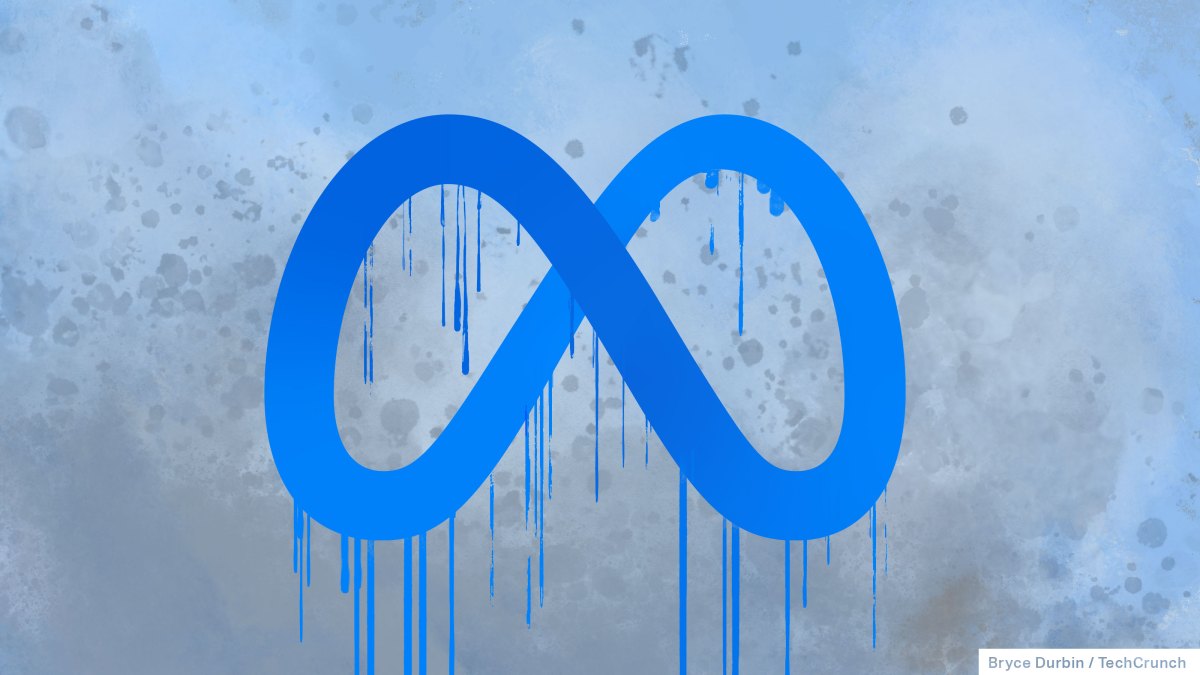




















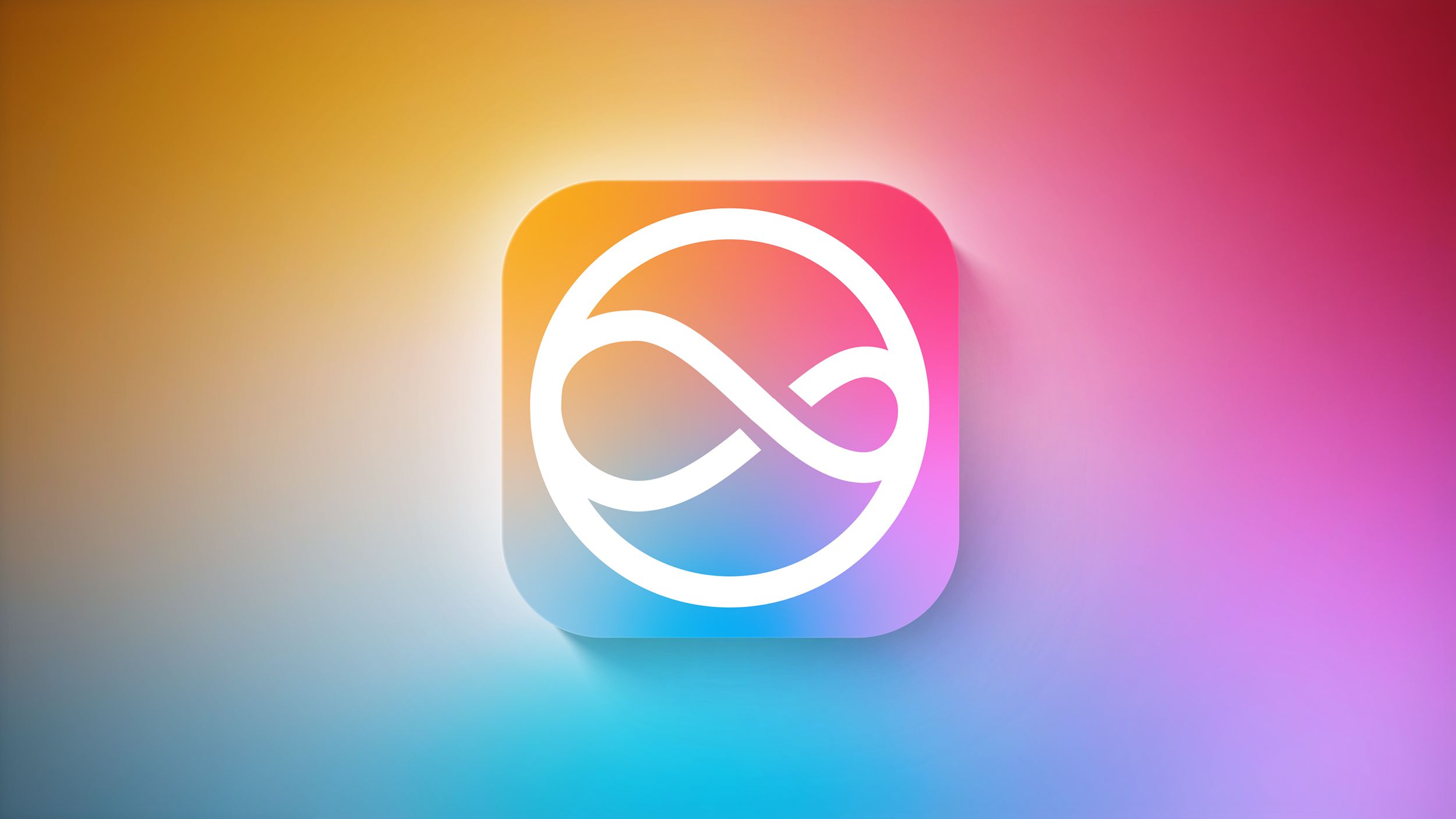
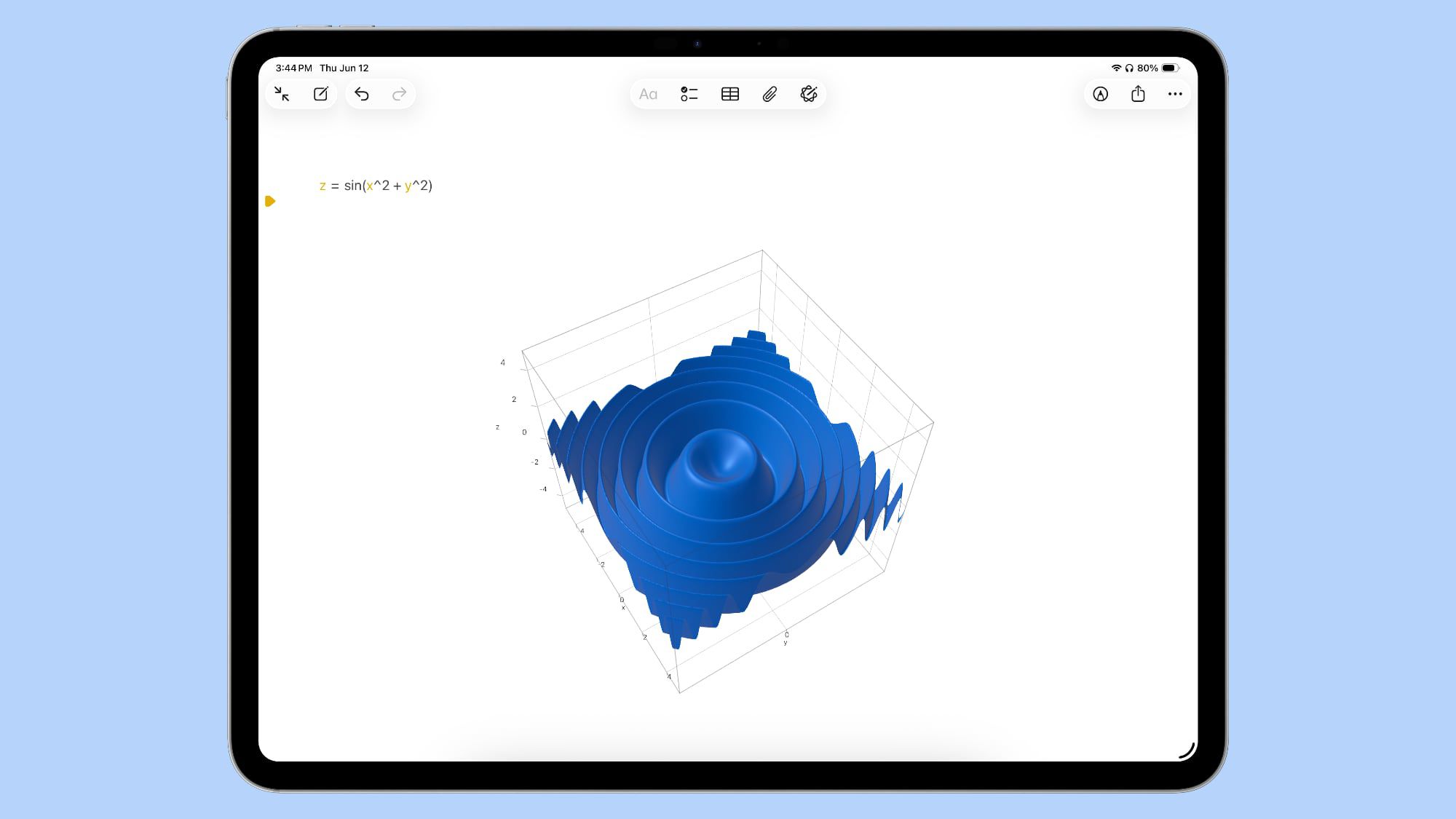
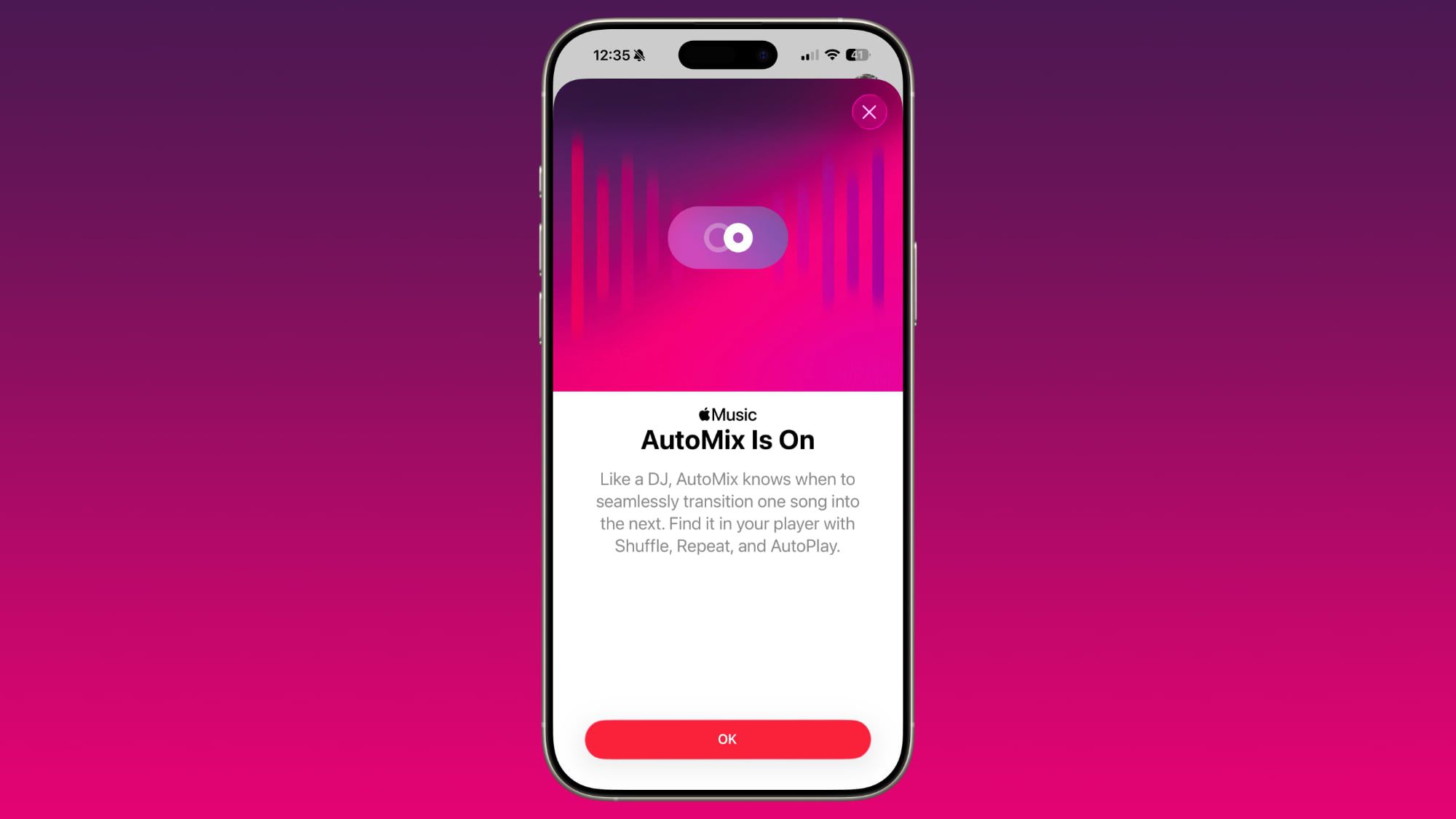






















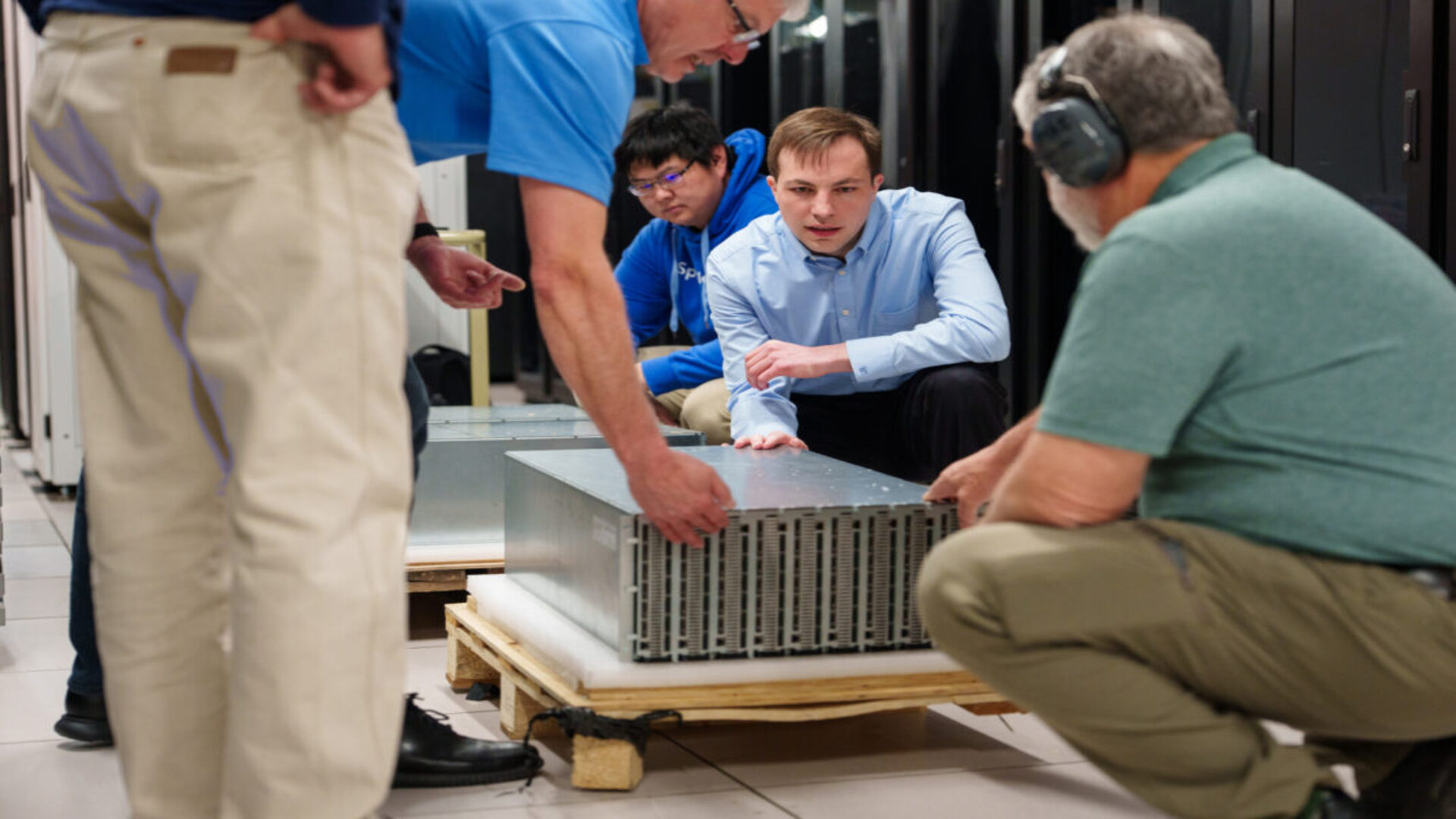
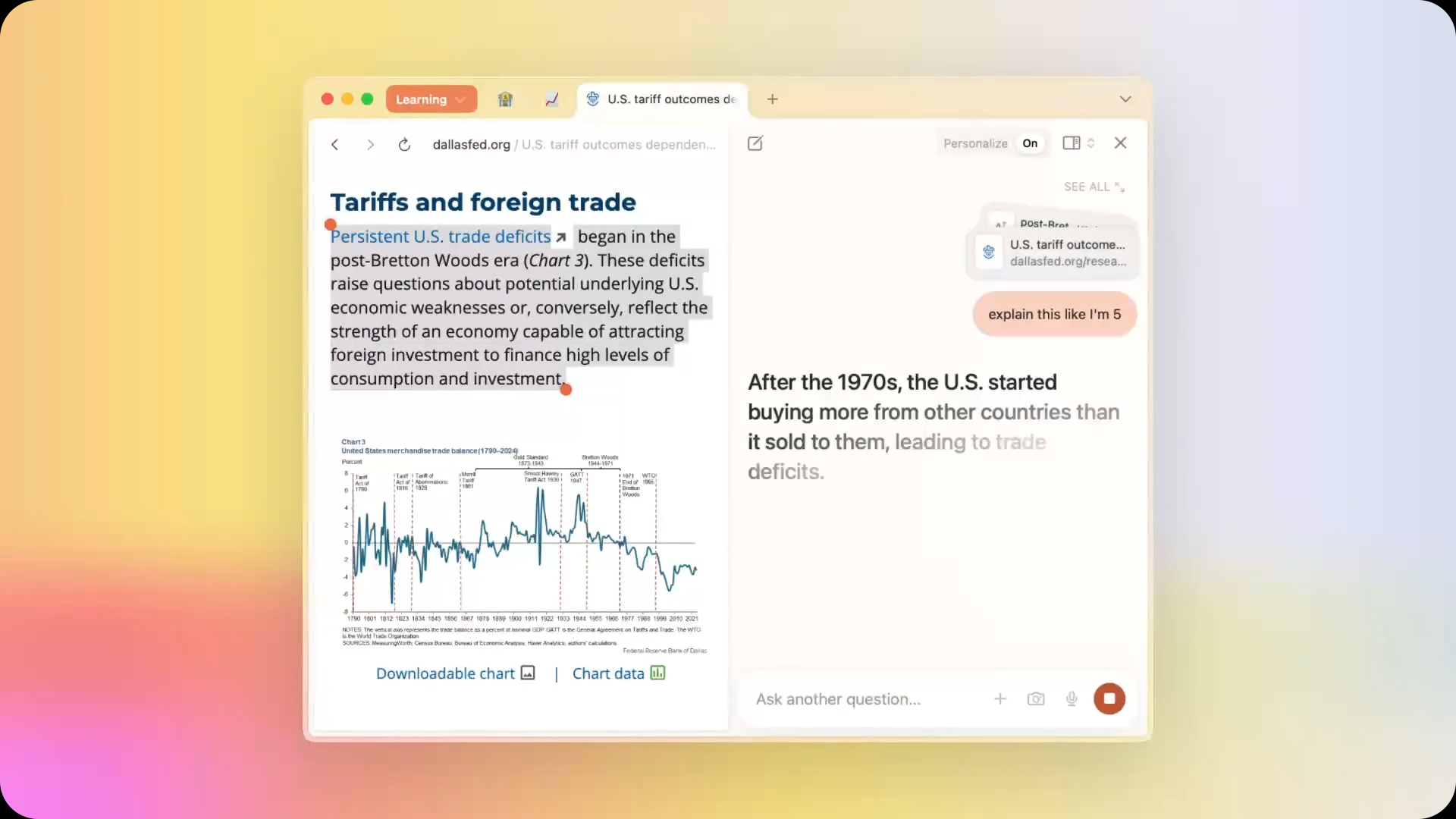


















![Apple Shares Teaser Trailer for 'The Lost Bus' Starring Matthew McConaughey [Video]](https://www.iclarified.com/images/news/97582/97582/97582-640.jpg)

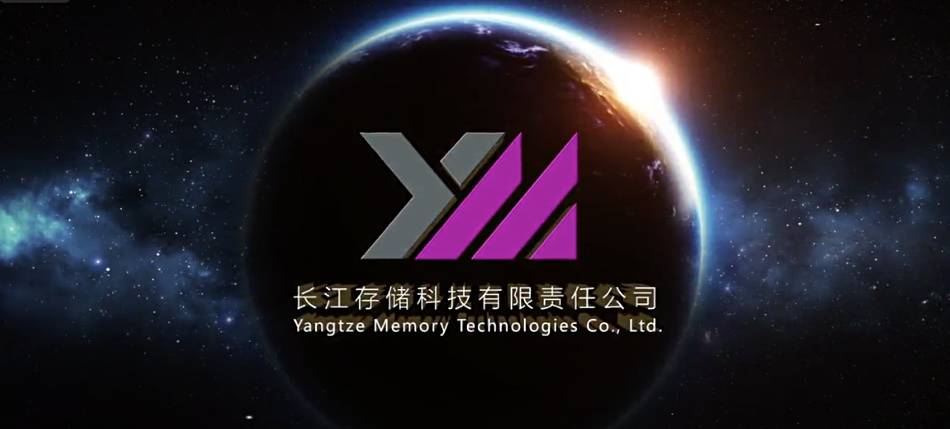


























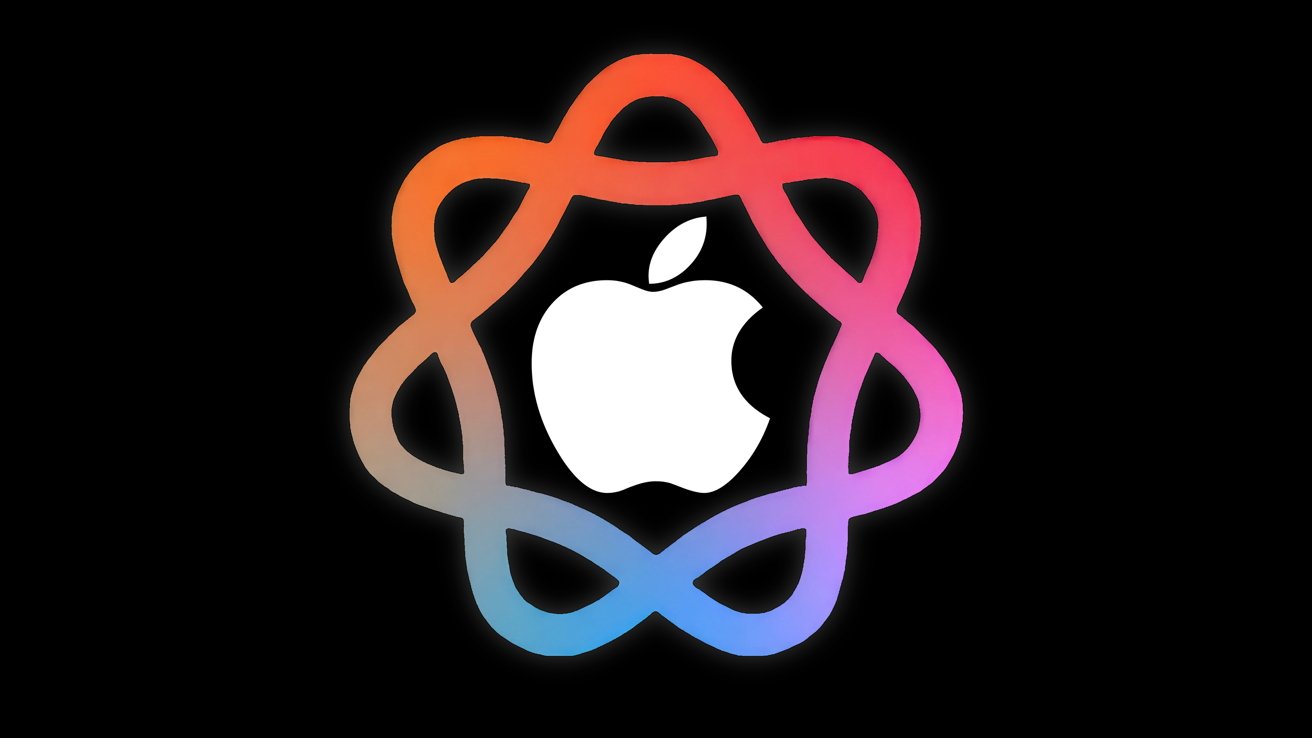








































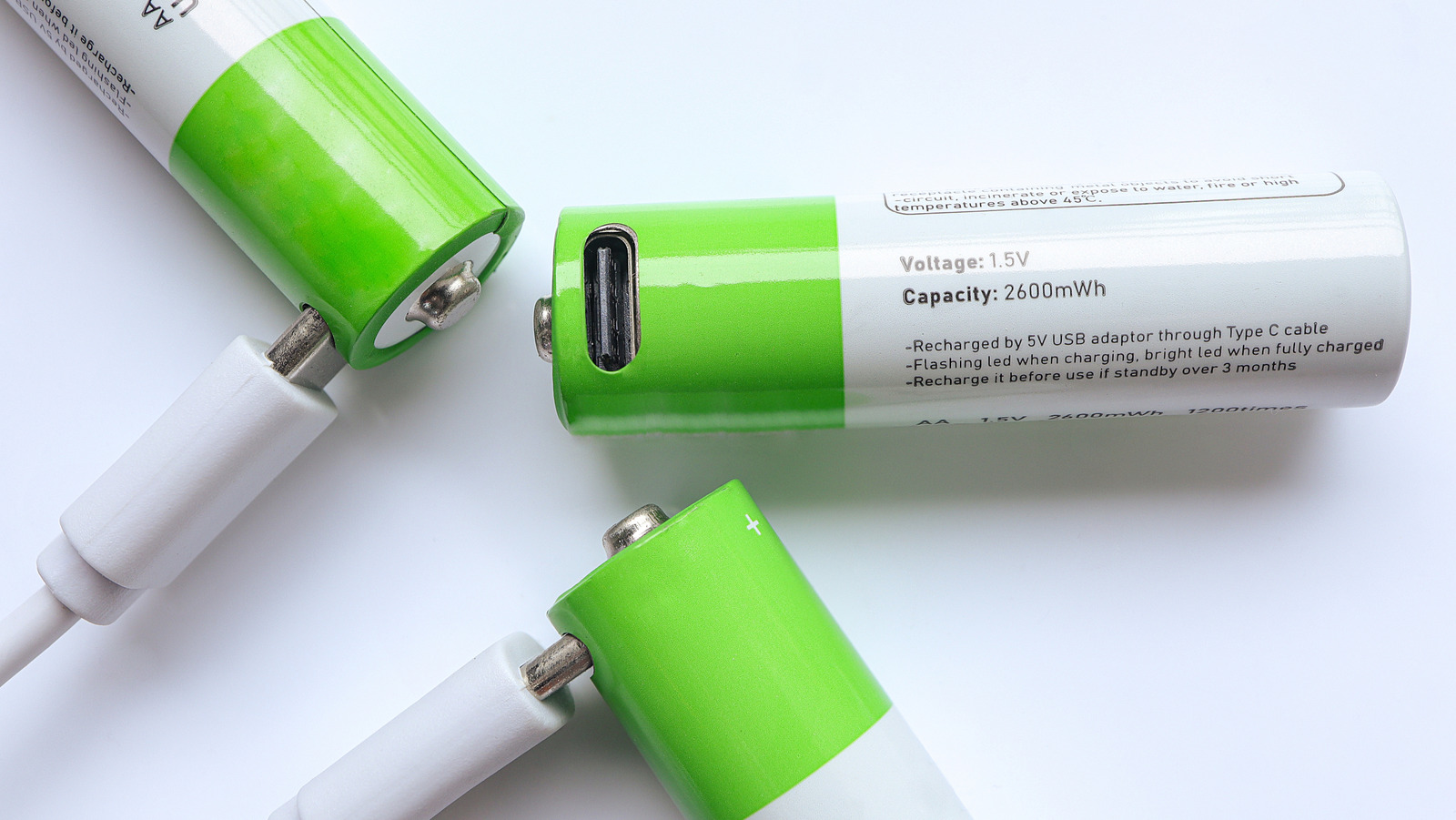









































_Marek_Uliasz_Alamy.jpg?width=1280&auto=webp&quality=80&disable=upscale#)


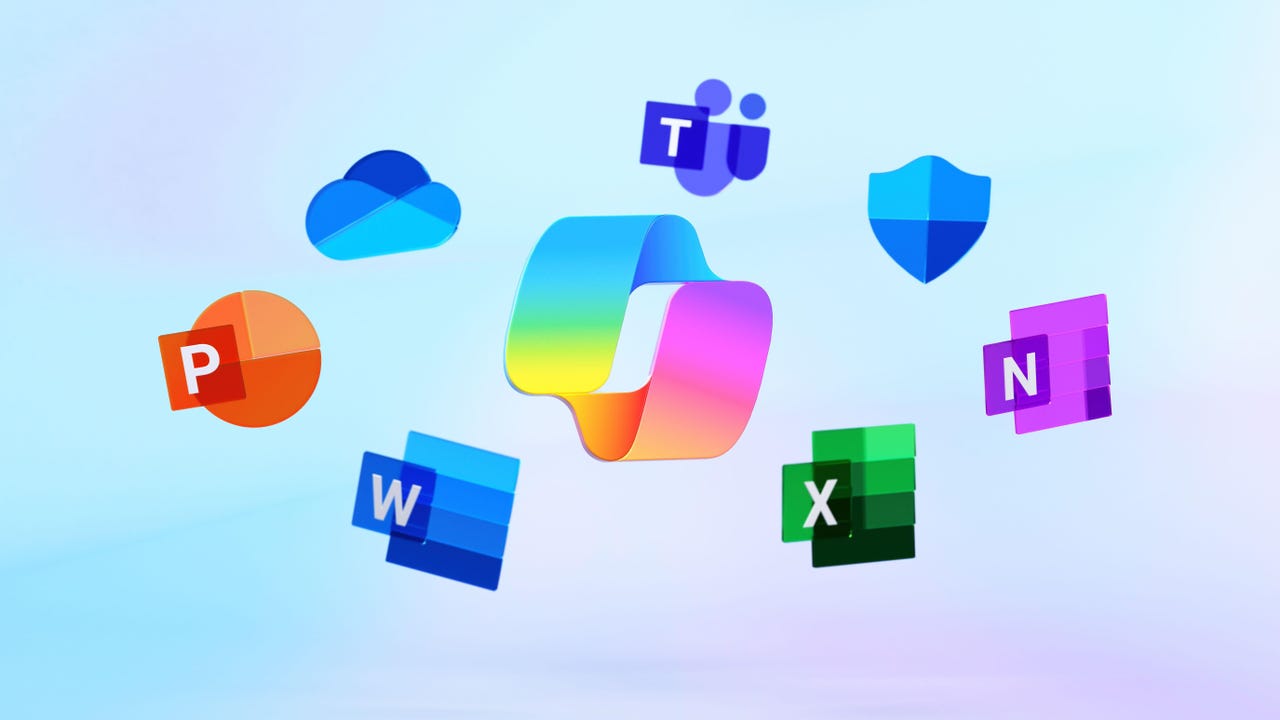




























































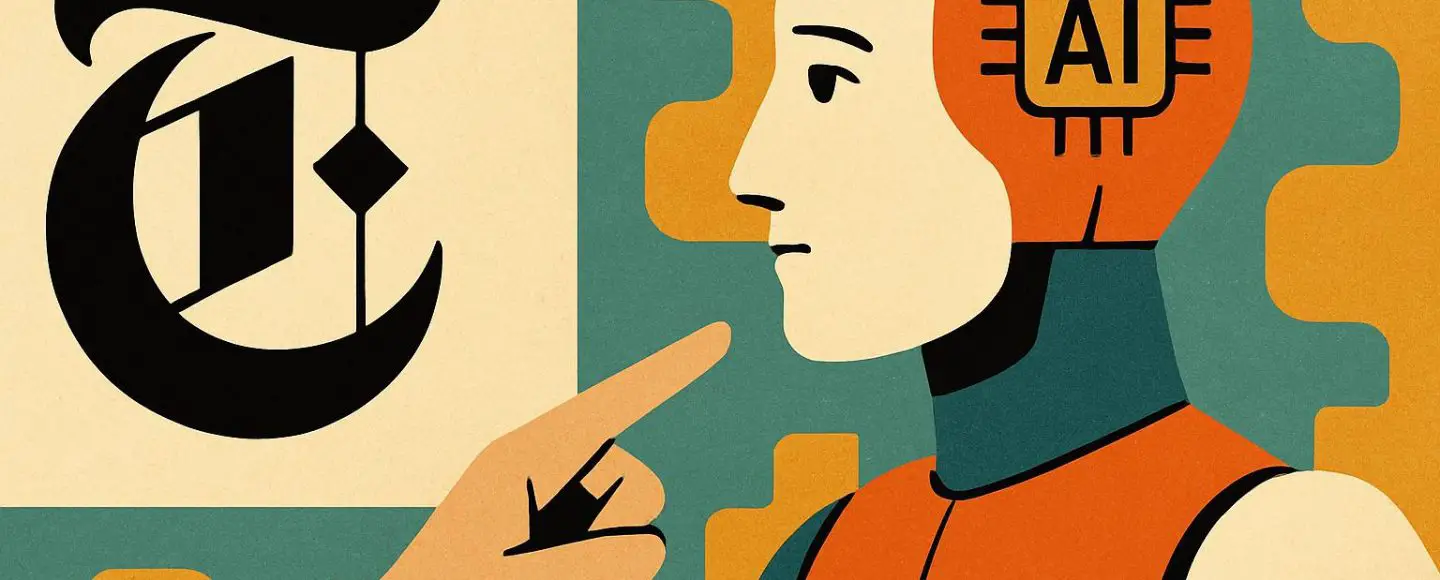























![Top Features of Vision-Based Workplace Safety Tools [2025]](https://static.wixstatic.com/media/379e66_7e75a4bcefe14e4fbc100abdff83bed3~mv2.jpg/v1/fit/w_1000,h_884,al_c,q_80/file.png?#)



























![[The AI Show Episode 152]: ChatGPT Connectors, AI-Human Relationships, New AI Job Data, OpenAI Court-Ordered to Keep ChatGPT Logs & WPP’s Large Marketing Model](https://www.marketingaiinstitute.com/hubfs/ep%20152%20cover.png)























































































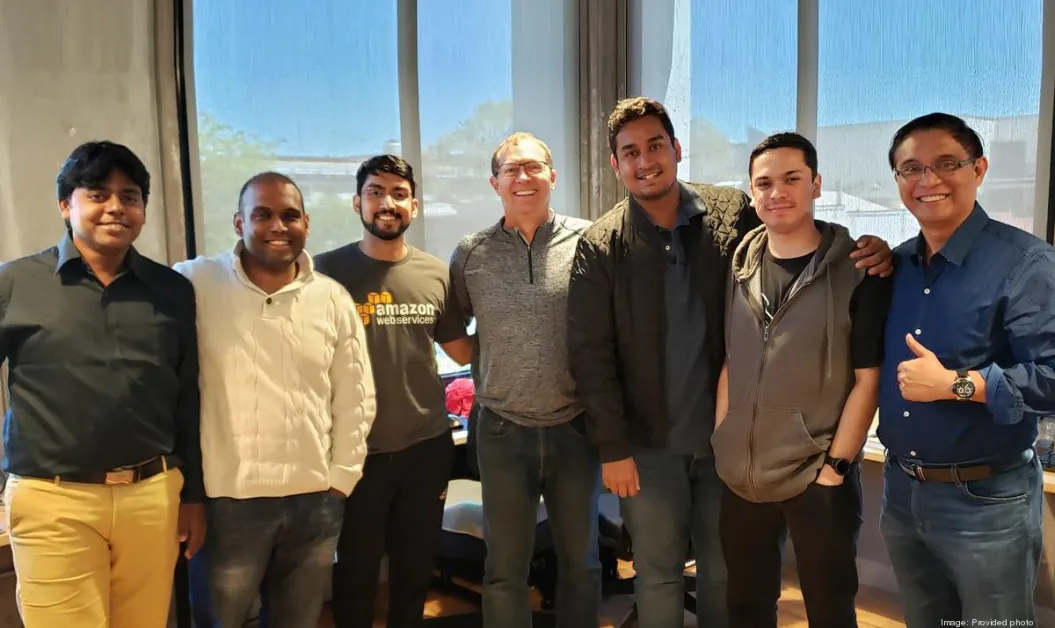
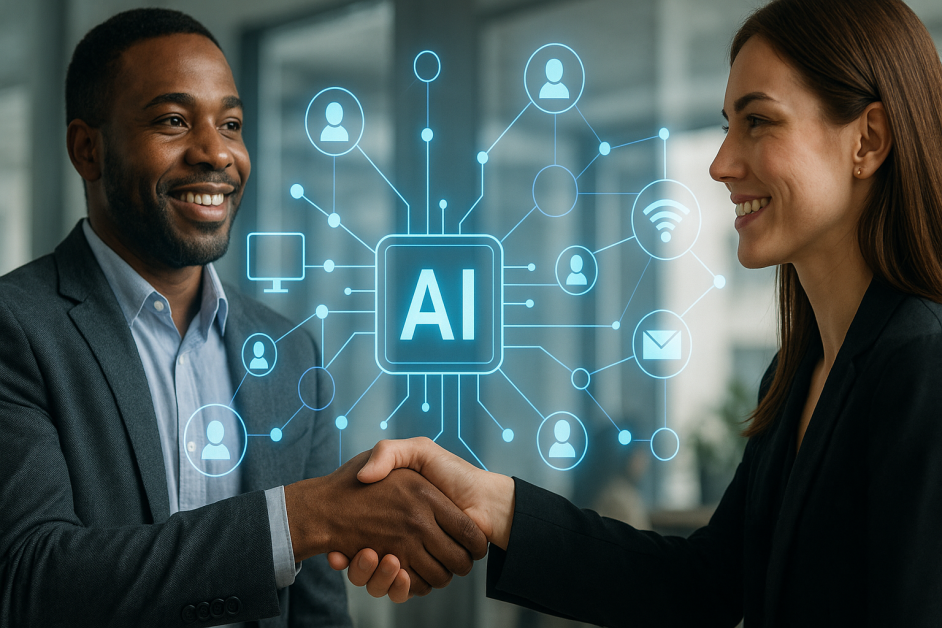










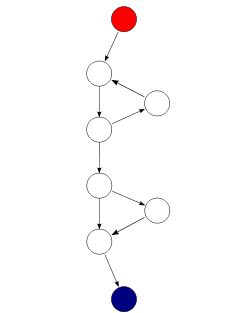






























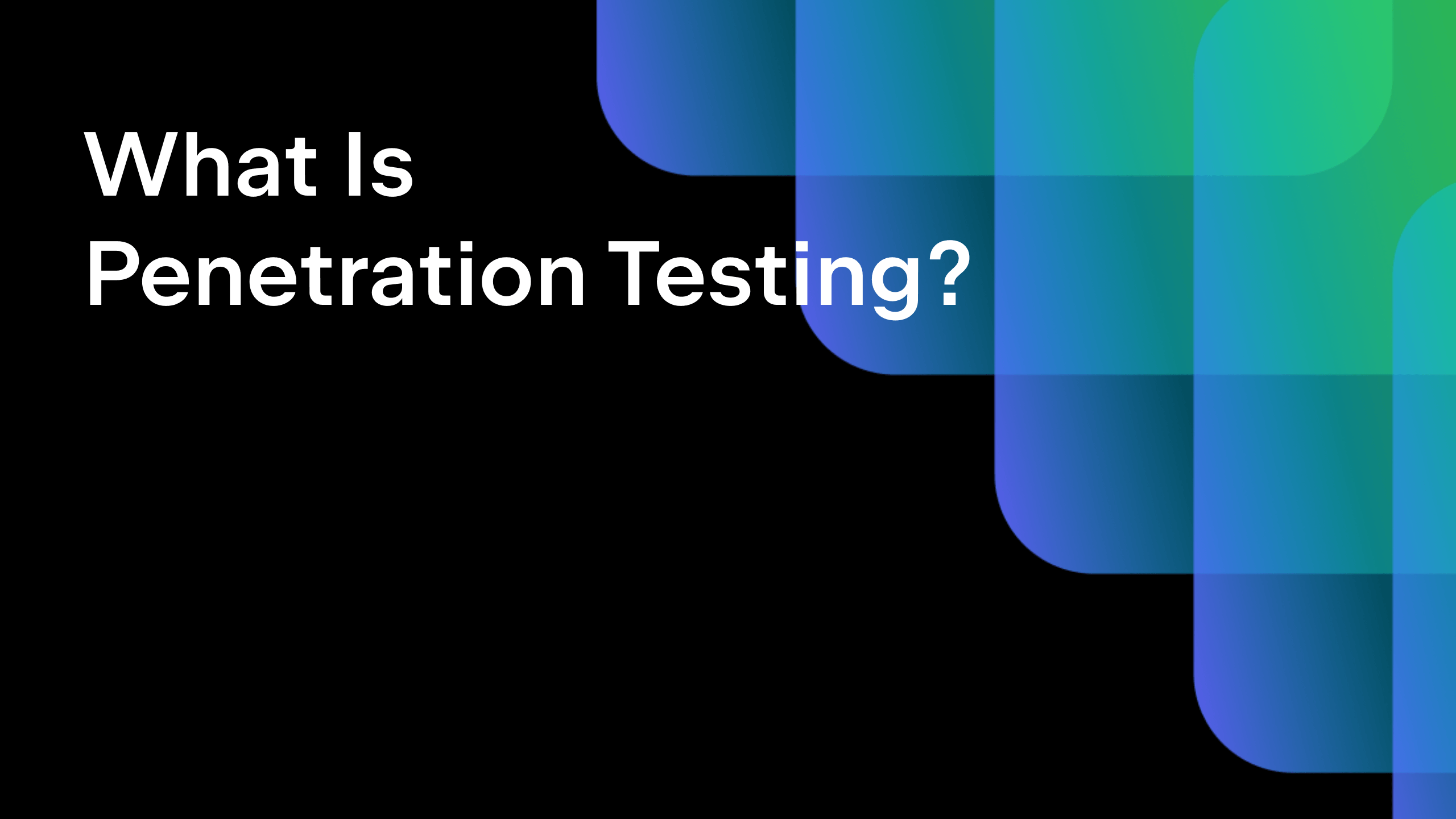









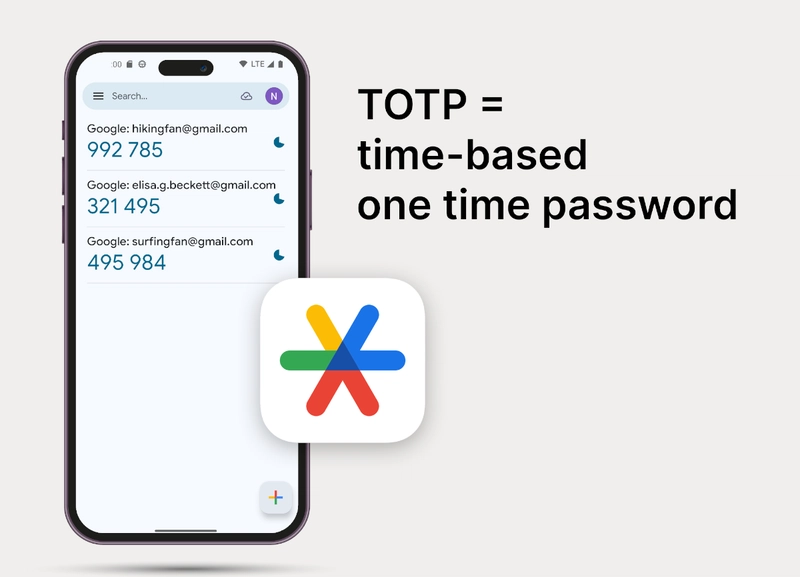
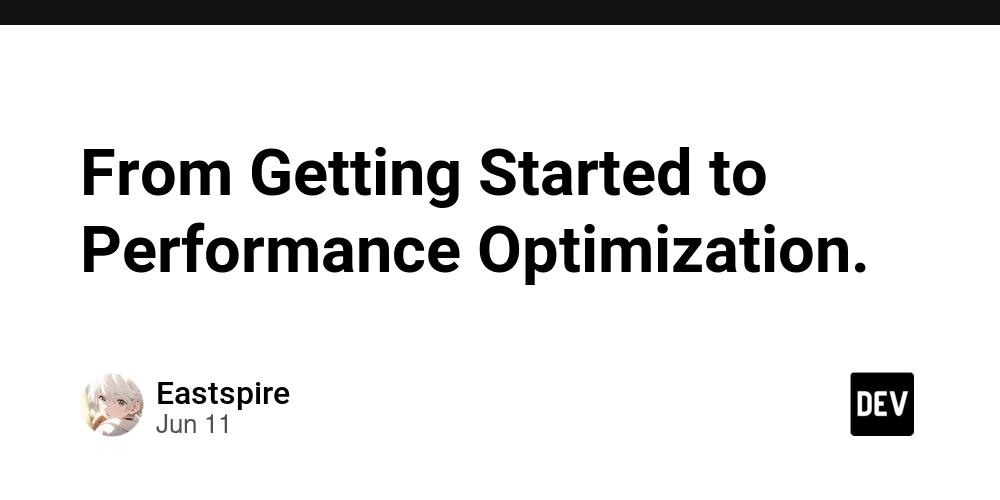























.jpg?width=1920&height=1920&fit=bounds&quality=70&format=jpg&auto=webp#)






-35-45-screenshot.png?width=1920&height=1920&fit=bounds&quality=70&format=jpg&auto=webp#)

-30-7-screenshot_0FxoE4J.png?width=1920&height=1920&fit=bounds&quality=70&format=jpg&auto=webp#)





















